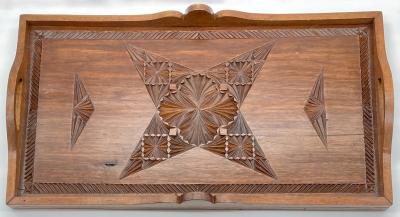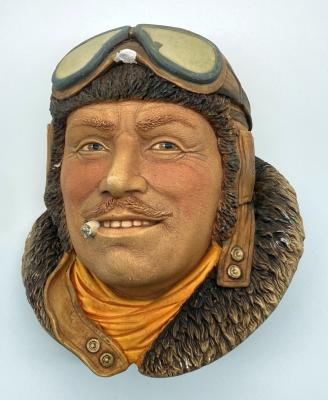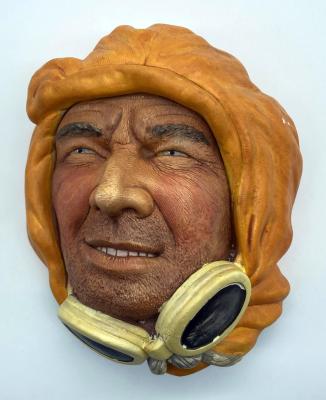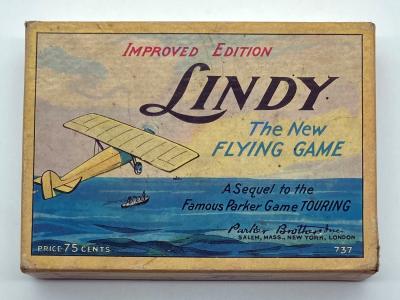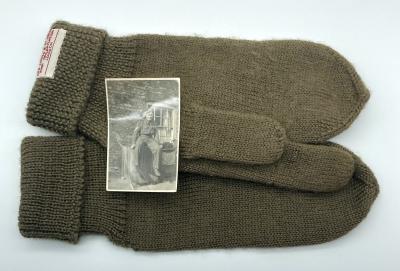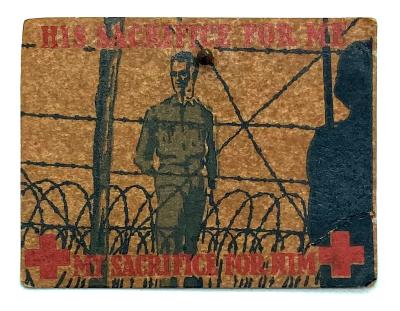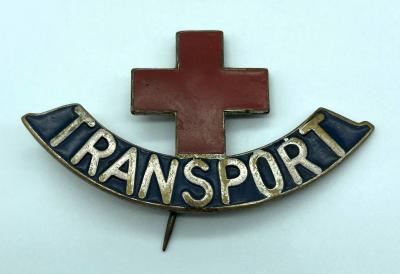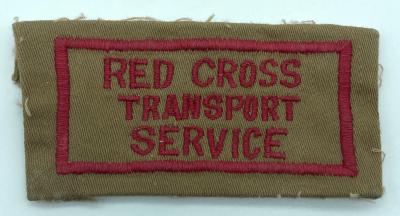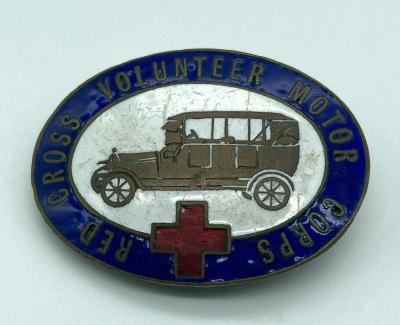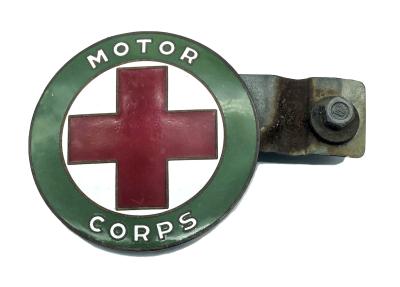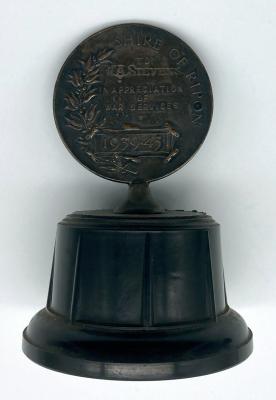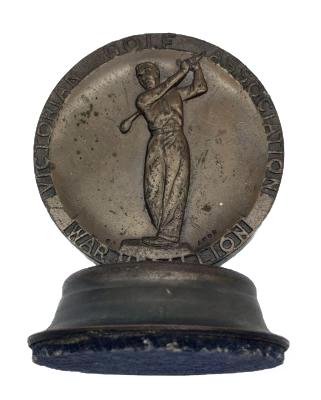Chip carved cigar box made by ALH Trooper John Hodgskiss
c. 1919Rectangular wooden cigar box which has been chip carved on the top and three sides to create a decorative storage or jewellery box.
The patterns carved into the box are geometric in nature and comprise a central motif resembling a four leaf clover surrounded by four circular rosettes - one in each corner.
A repeating pattern of ovoid shapes extends around the three visible sides of the box, while the back and base are plain. The box has metal hinges and a small vertical nail attached to the centre of the front which extends through a circular hole in the lid to keep it closed.
The undersurface of the lid still features the original cigar company logo printed in brown capital letters. It reads 'Manila Filler' around the inside of an oval border, with the slogan 'Gem of the East' in the centre. It is lighter in colour than the visible surfaces, indicating that the box has been stained to attain the red brown colour. Evidence of this can be seen on the inside of the box where remnants of the stain cover the edges.
There is a circular stamp in black ink on the underneath of the box which appears to contain numbers - perhaps the production run of the cigars.
John Hodgskiss (known as Jack) was born in Glenalvie, Victoria.
He was a single labourer, aged 21, when he enlisted on 31 July 1915 with the 4th Light Horse Regiment, 14th Reinforcement - service number 2029.
He embarked from Melbourne, Victoria, on board HMAT A32 Themistocles on 28 January 1916 and served in France.
He was transferred to the 2nd ANZAC Light Horse regiment as a Trooper in July 1916. He was then detached to serve with the New Zealand Division and the Anti-Aircraft Section of the 2nd ANZAC Headquarters. before rejoining his unit in August 1917.
He was hospitalised in England with synovitis of the knee. He commenced his return to Australia on board HT 'Morvada', on 4 January 1919.
He spent a long time in repatriation hospitals upon his return to Australia, initially at No. 16 AGH at Mont Park near Macleod, before transferring to No. 11 AGH in Caulfield. It was during this time that he carved this cigar box and a larger tray which are both in the collection.
He was finally discharged (medically unfit) in Melbourne on 20 June 1920.
Chip carving is a style of wood carving in which the carver removes small, selected chips of wood from a flat surface using a sharp knife or chisel. The removed chips form part of a pattern – often based on simple geometric shapes like triangles, squares, or circles – resulting in intricate decorative designs carved into the wood, as seen in this example.
Both the cigar box and tray were purchased from a relative of Jack Hodgskiss.
Details
Details
On the underside of lid:
"MANILA
GEM OF THE EAST
FILLER"
Other items by John Hodgskiss
Other items from Recollections of War
- Painted chalkware wall hanging depicting Royal Flying Corps pilot 1917
- Painted chalkware wall hanging depicting an early Arctic explorer
- 'Lindy: the new flying game' card game
- 'The Fledgelings' card game
- Pair of knitted mittens sent to British POW, John D. McComiskey
- Red Cross cardboard fundraising pin for prisoners of war
- Australian Red Cross Society NSW Division Transport badge
- Australian Red Cross Society Transport Service cloth insignia
- Red Cross Volunteer Motor Corps enamel badge
- WWI era American Red Cross Motor Corps car badge
- Trophy presented by the Shire of Ripon to W.A. Stevens in appreciation of WWII war service
- Victorian Golf Association War Medallion won by J. Jones 1946
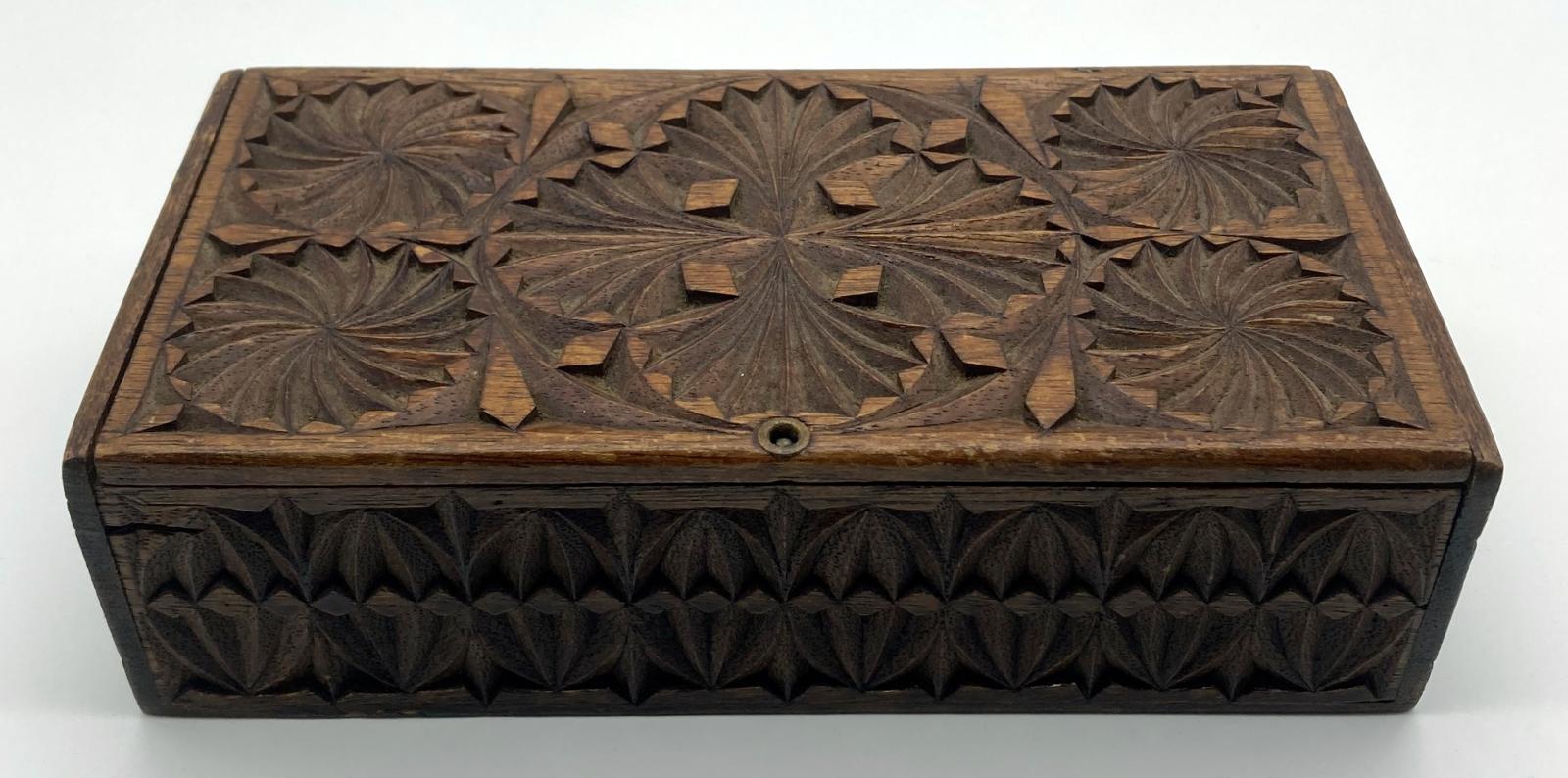

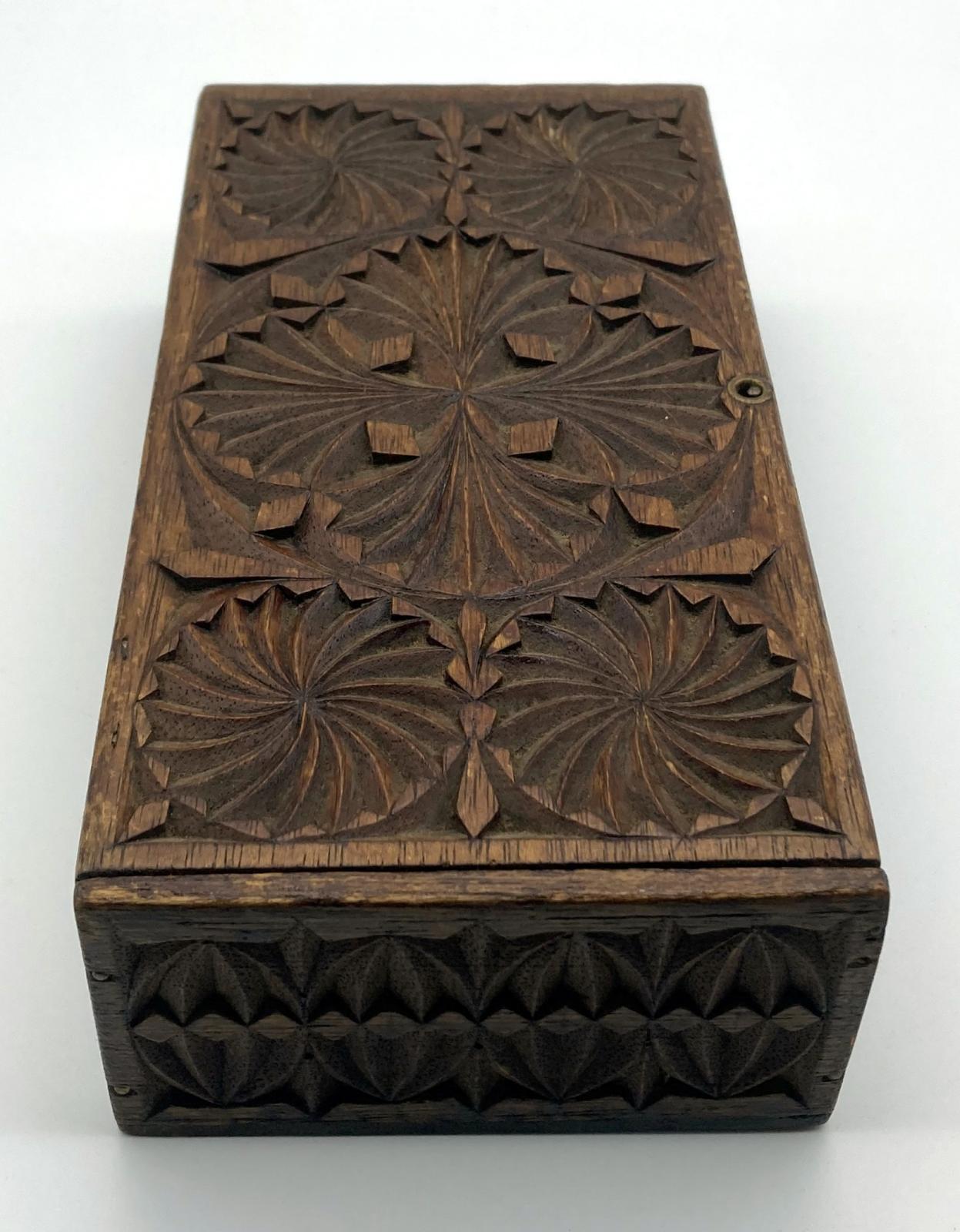
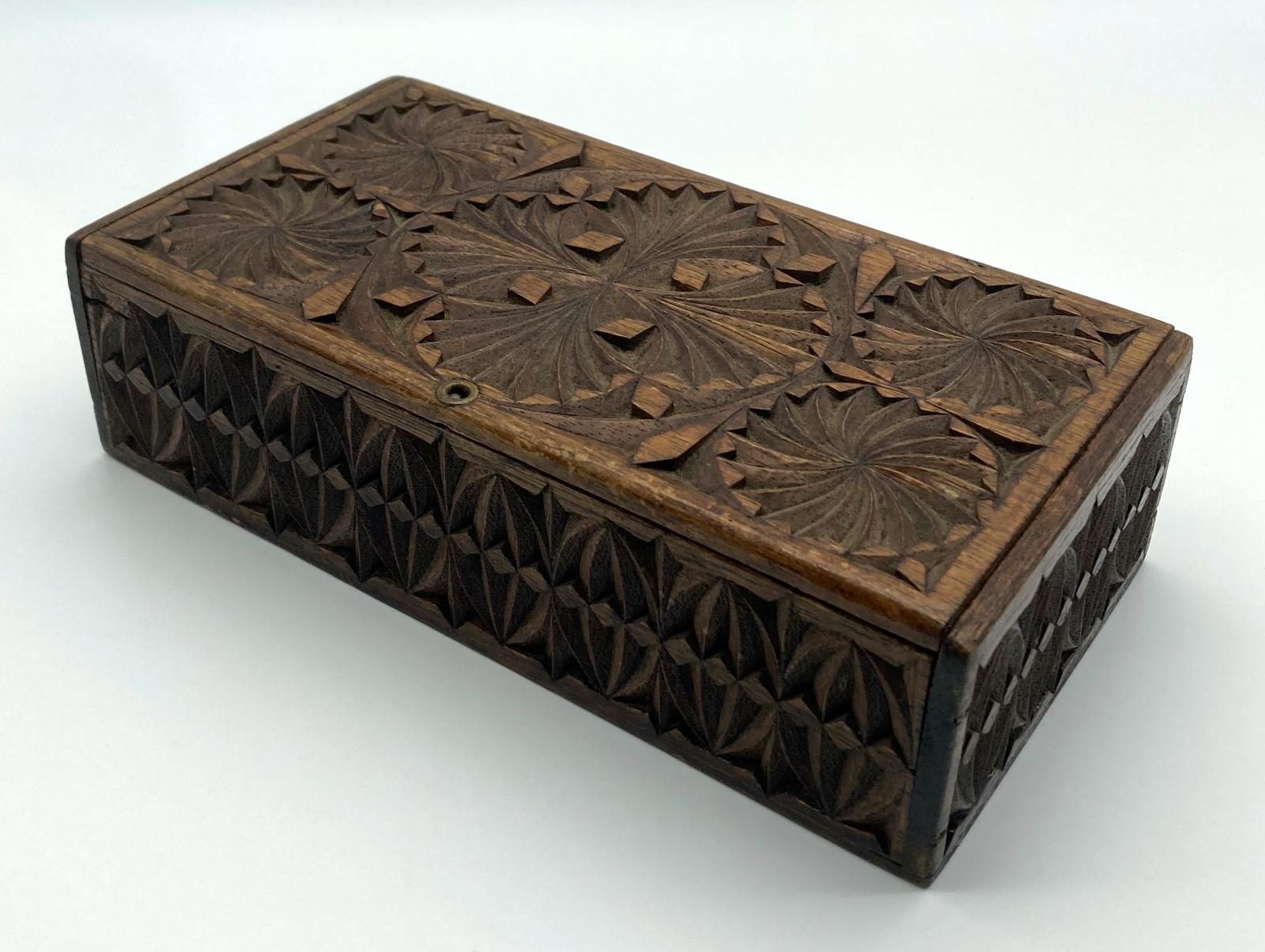
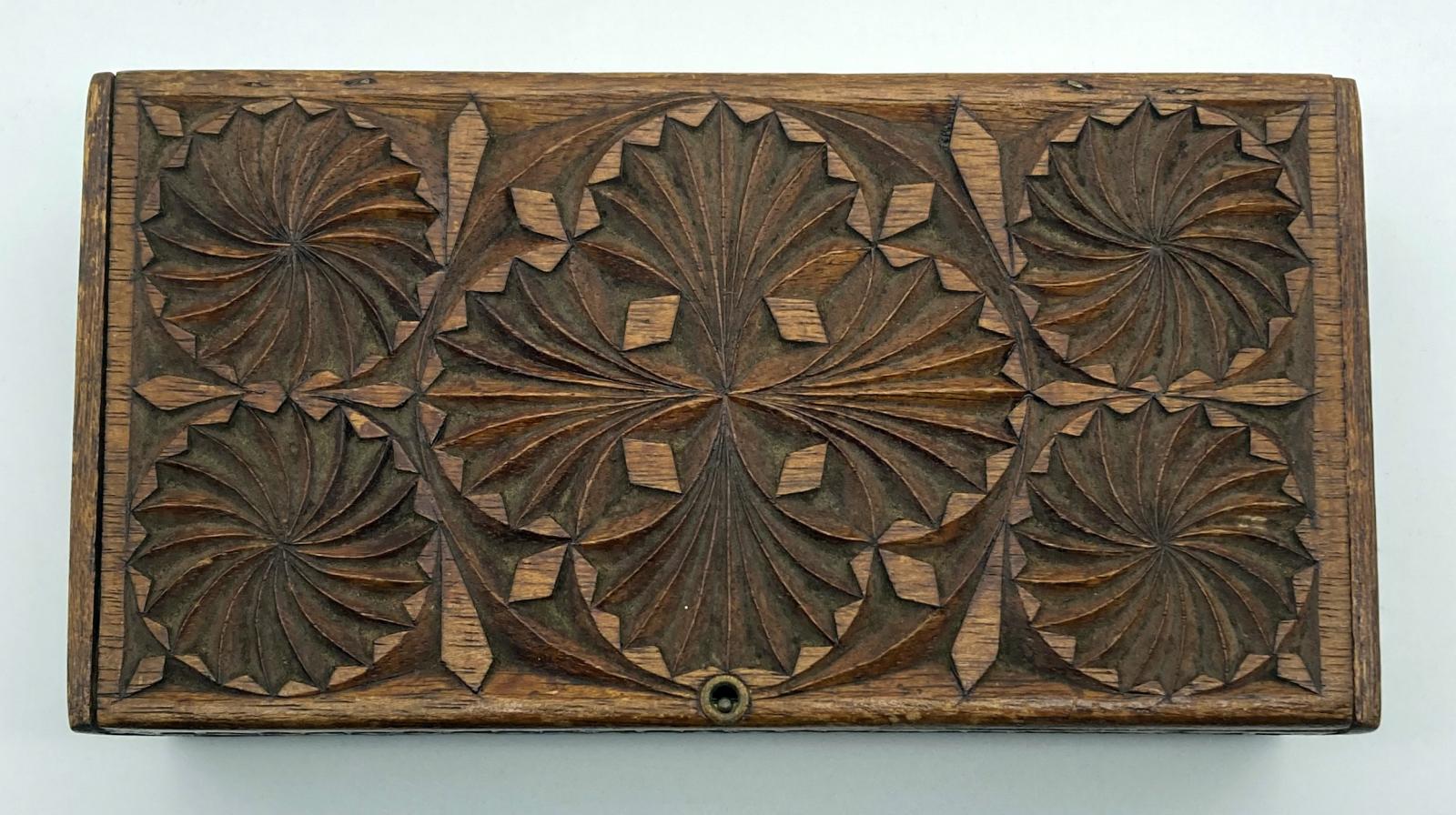
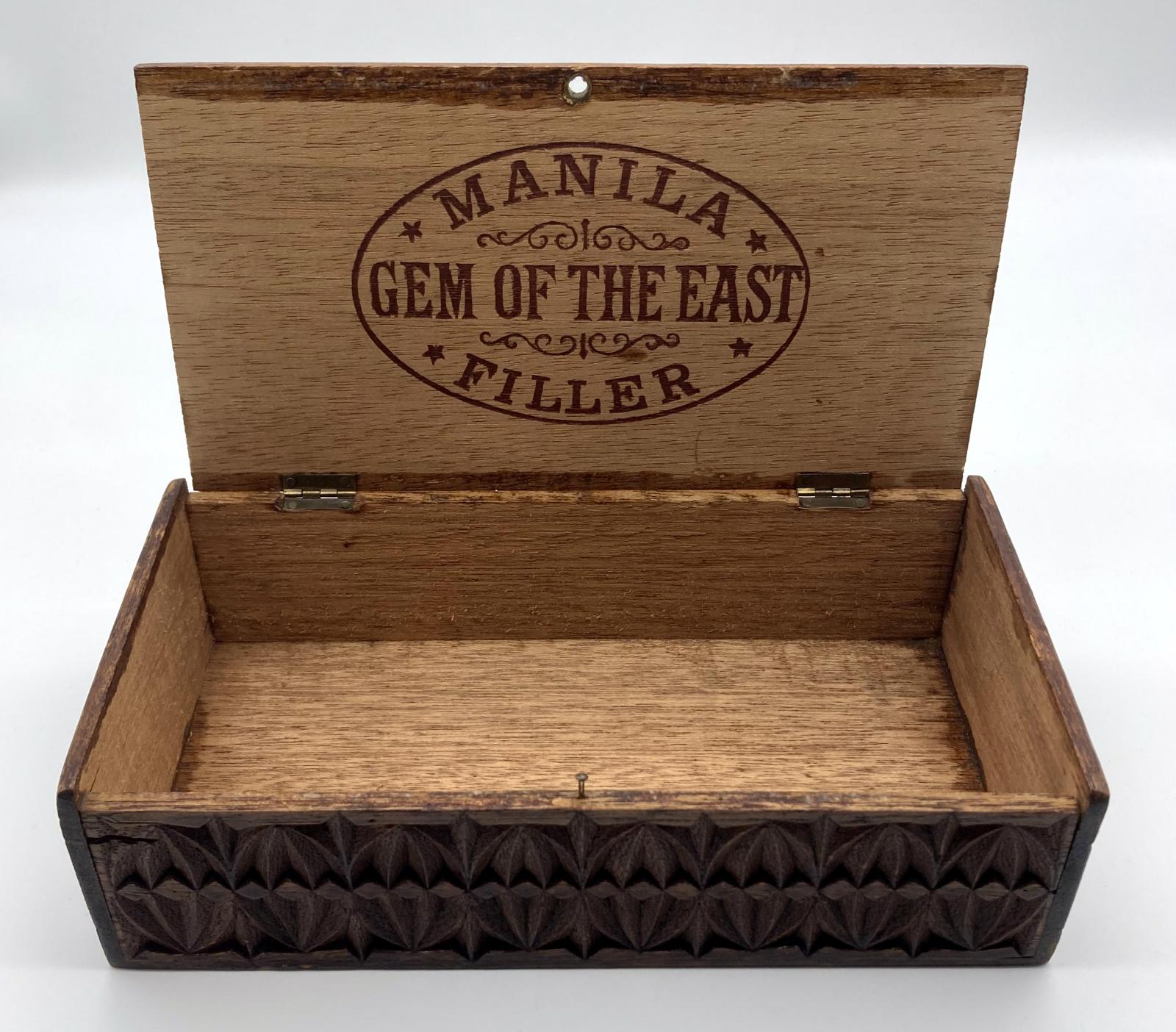
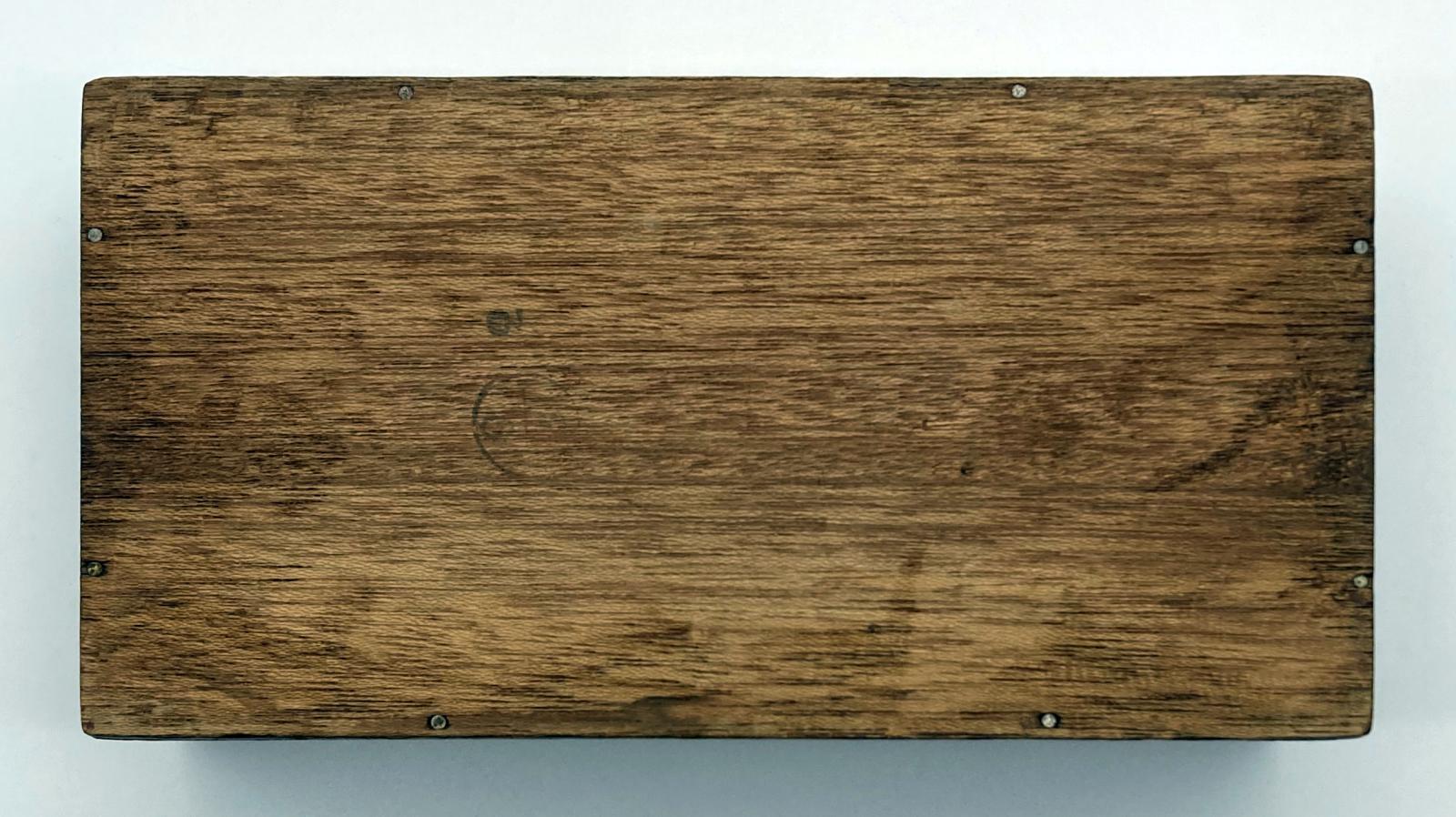
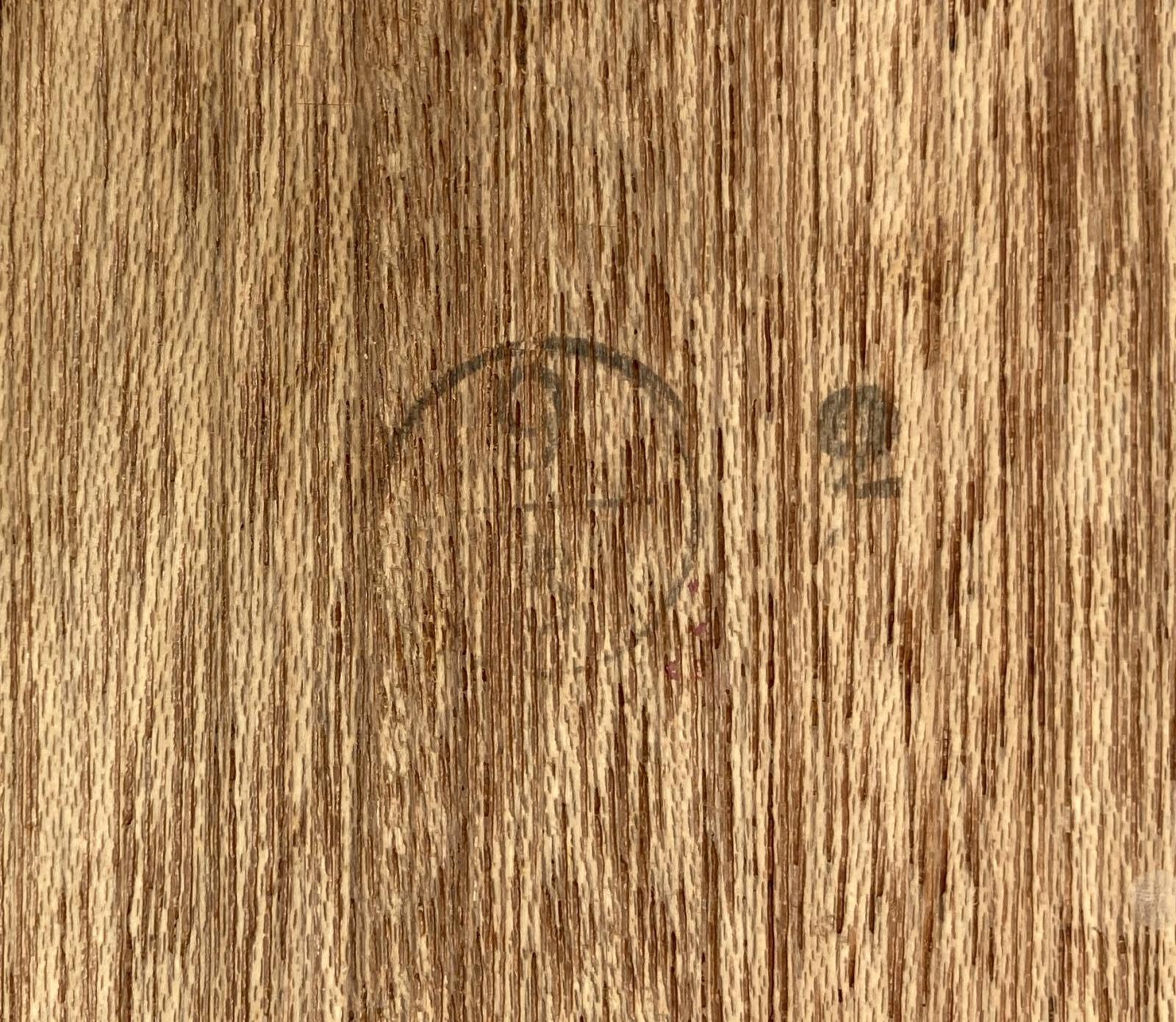
Scan this QR code to open this page on your phone ->

